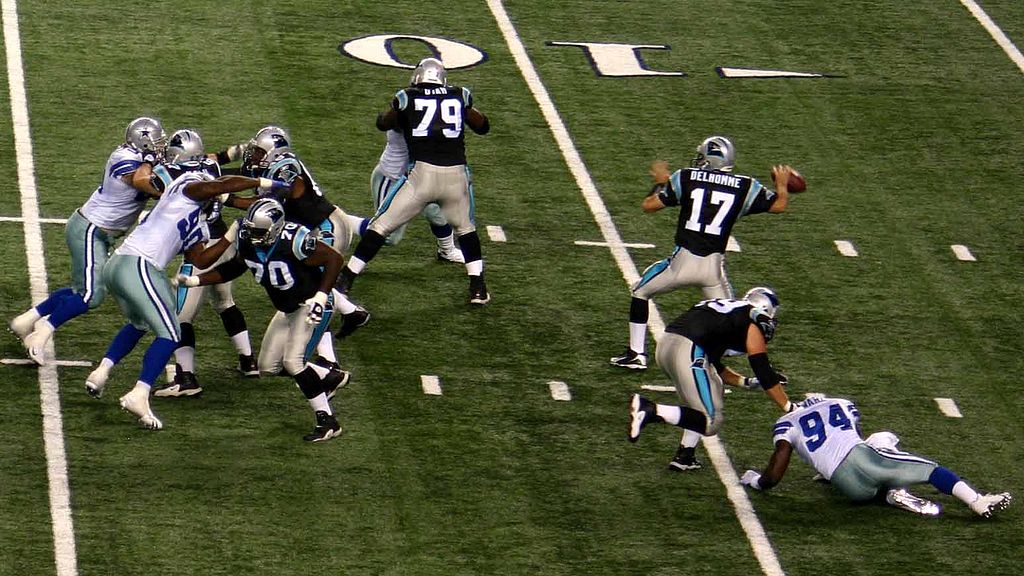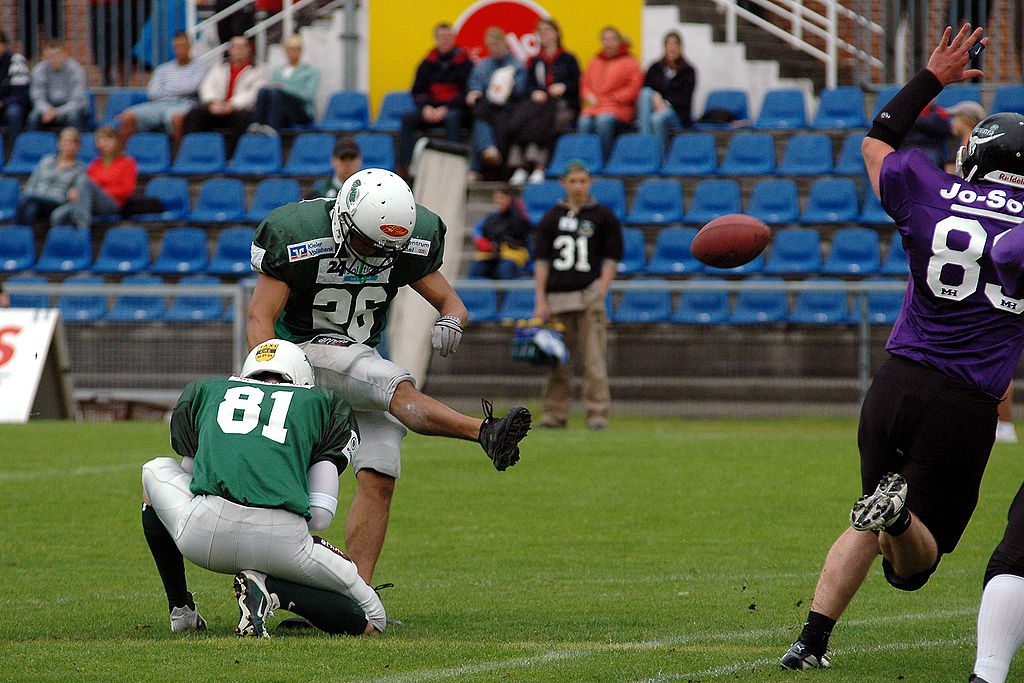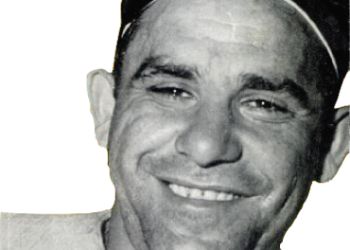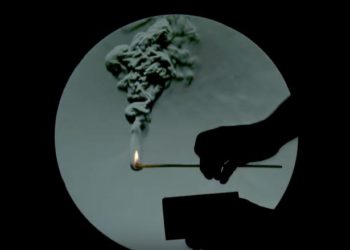I spent my postdoc years in a bioimaging center (though it was a long time ago, I’m still pretty psyched to see that they’re still using my gif logo design for the facility). This was at the dawn of a revolution in cellular and developmental biology: the adoption of using fluorescent proteins for imaging, which allowed you to view cells and structures in living organisms over time, rather than looking at static tissue sections.
My former mentor always described it as the difference between looking at a single still photograph of action during a football game, or watching the entire game. If you saw this image below, what could you learn from it about the rules of the game?

Would your assumptions about how the game is played be different if your only piece of evidence was instead the image below?

That’s essentially the way biological imaging worked for centuries, trying to infer complex processes from a single frozen moment. But now we can get cells, and even entire organisms to make their own fluorescent labels and we can watch things develop over time. In my lab days, these were still fairly crude tools, and I am constantly amazed at the progress that has been made since then.
Nikon has, since 1975, celebrated this progress through their Small World photomicrography competition. Since 2011, they’ve run a parallel competition, the Small World In Motion, showcasing the latest developments in video micrography and time lapse imaging.
This year’s winner is a stunning video of the sensory nervous system developing in a zebrafish. Elizabeth Haynes and Jiaye “Henry” He from the University of Wisconsin. Using Selective Plane Illumination Microscopy (SPIM), they were able to follow neural development in the fish for 16 hours, creating the amazing video below.
Discussion
1 Thought on "The Microscopic World In Motion"
That is simply astounding


